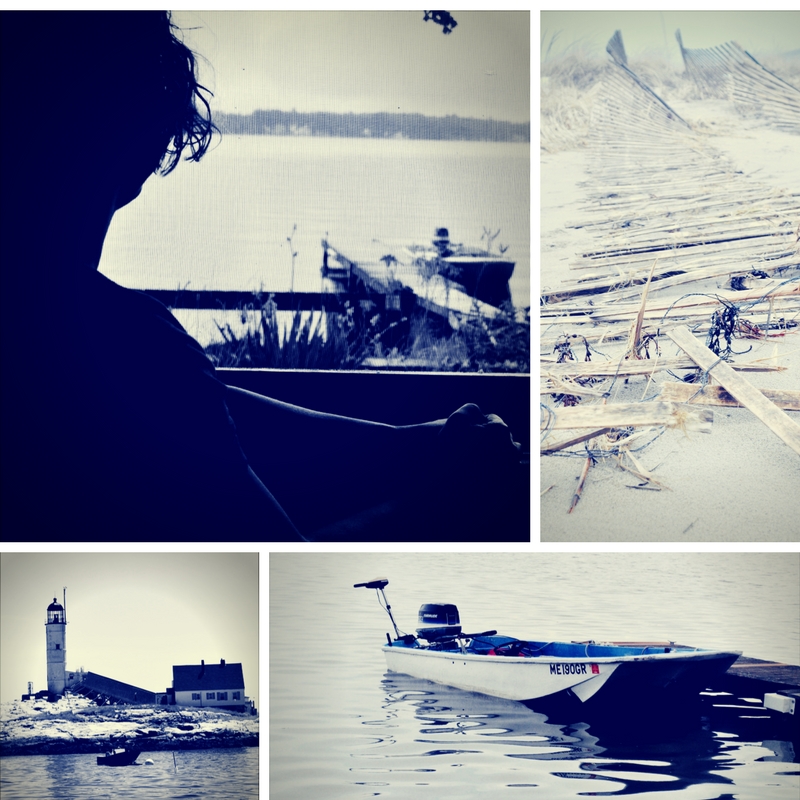Room for Discovery in Planned Novels
When I was taking a creative writing workshop in college, my professor (Andre Dubus III) told me he never planned novels. He encouraged us to avoid outlines, claiming they would make our writing feel forced. He said if we outlined, our characters wouldn’t feel real, and they wouldn’t come to life on the page.
Shortly after that, I went to a talk / signing to see Jim Butcher, who was my absolute favorite author at the time. He was the opposite. He planned entire series before he wrote them.
Both men were successful – they had best selling novels. One was on Oprah and had his books in her book club. The other had fans who went to cons dressed up as his characters. However, they wrote completely different styles of fiction. Dubus wrote realistic literary fiction and Butcher wrote about snarky wizards and monsters the monsters they fought.
In hind sight, I think I would’ve finished my first novel quicker if I’d followed Butcher’s planner approach. However, the thrill of not knowing what was going to happen next kept me writing well past midnight. I loved letting my characters develop on the page and shape the plot with their own stubborn whims.
 The problem was, left to their own devices, my character took the plot down dead ends that didn’t go anywhere or their plots would amble on and on, never reaching a destination.
The problem was, left to their own devices, my character took the plot down dead ends that didn’t go anywhere or their plots would amble on and on, never reaching a destination.
I started a novel when I was 18. I finished draft 1 when I was 26. I finished draft 10 at 28. Now, at 29, I’ve gotten lots of rejections for it, and am waiting for four agents who have the full manuscript to make a decision.
It only took me a few months to write a first draft of novel # 2, but that draft turned out to be 200,000 words long. Then it took me two years to cut it down to 84,000 words. I just started querying that novel.

Goose approves…maybe.
While I liked the idea of the “panster” approach, it was not very efficient. When 2016’s National Novel Writing Month rolled around, I tried to be a planster. I had a short story I was expanding to a novel, so made a very rough outline where it was going to go. There were some cool surprises – like the sentient, genetically modified cats that showed half way through the first draft, and chapters from the antagonist’s point of view that helped me resolve the conflict.
After a month, I had a 55,000 word draft that was well plotted with deep, dynamic characters. Seven beta readers and as many revisions later, I’m ready to enter this book into pitch wars.
And that brings me to the two novels I am currently working on: Community Magic and Earth Reclaimed.
With Community Magic, I had a concept and characters in my head, with a very vague plot, so I jotted down a few ideas and dove into the first draft. I’m half way through, but it is a big mess of a draft.
 For Earth Reclaimed, I wrote out a chapter by chapter outline, wrote a complete synopsis, a pitch, and a query before I finished writing Chapter 2. So far, I have a cleaner, readable draft that I will be able to give to beta readers when I finish.
For Earth Reclaimed, I wrote out a chapter by chapter outline, wrote a complete synopsis, a pitch, and a query before I finished writing Chapter 2. So far, I have a cleaner, readable draft that I will be able to give to beta readers when I finish.
With Community Magic, I will have to revise two or three times before I let anyone read the whole thing.
Both books have interesting characters, a compelling plot, and I’ve encountered surprises while writing both of them. Even with all the planning I did, I never expected intelligent, self-aware schooners to show up in Earth Reclaimed, but they did, and they’re there to stay.
Outlines and plans are not the evil things I once thought they were. They are not vampires that suck the life out of a story. They just help writers get things done.
© 2017 Sara Codair

